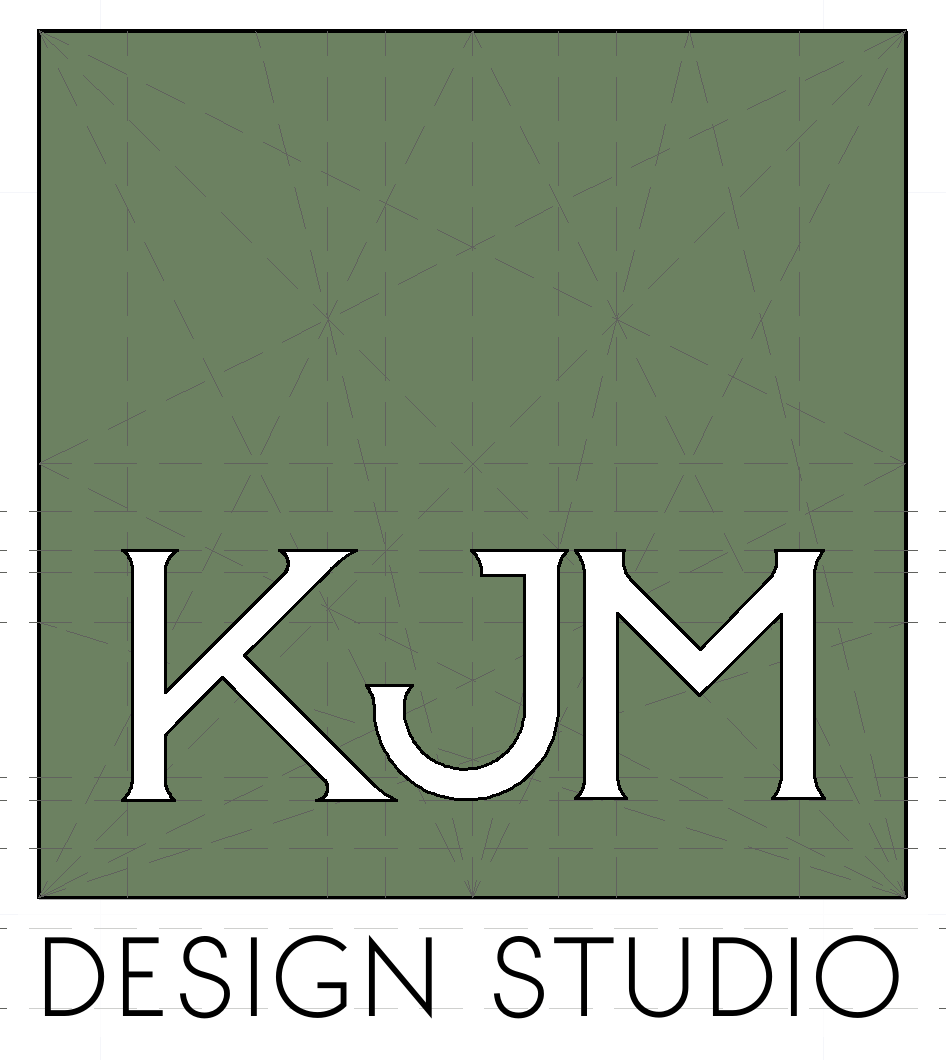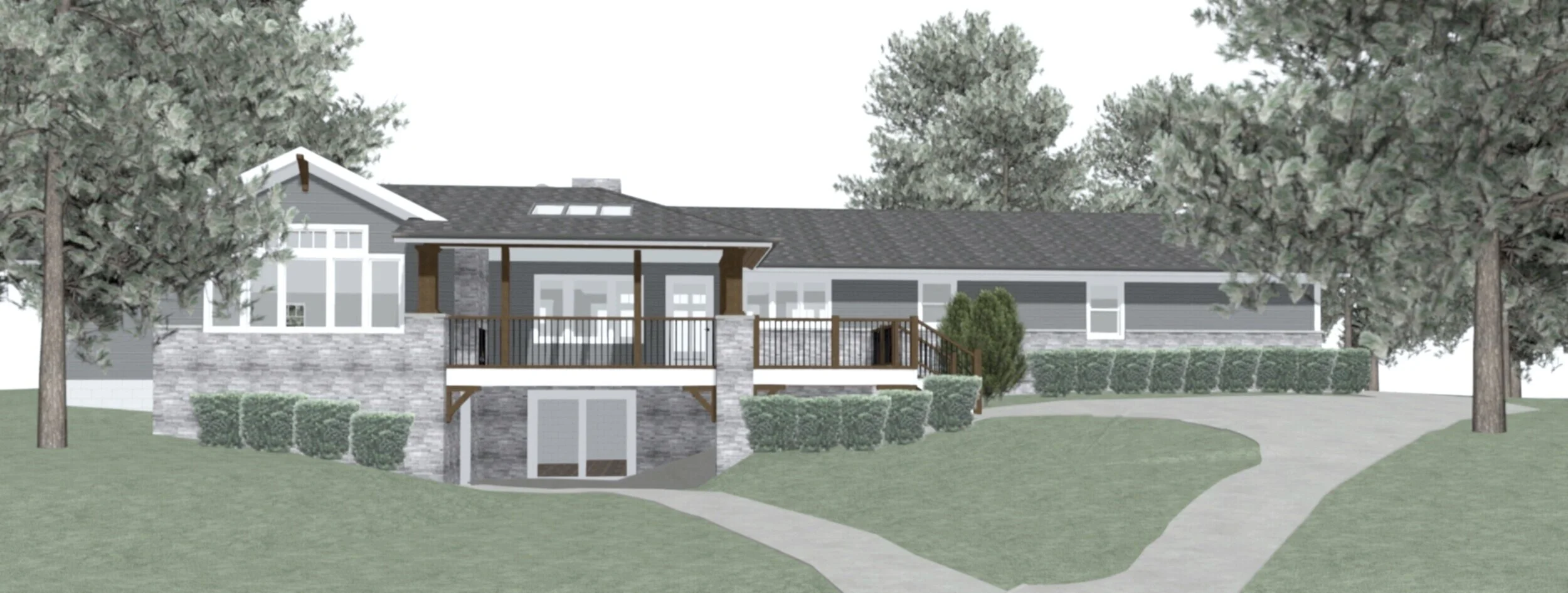Clearly Defining and Understanding your Objectives
As a Client, you have access to what I've called the "Big List" - a point by point accounting of the different aspects of the project that will become the basis for the design development. This step is absolutely critical to organizing your thoughts about the design and defining what your objectives are for the project, and is a fundamental step in the success of your project. With this organized definition of the different parts, we now have a great place to start understanding the design and a framework for developing the concept.
Sharing your Inspiration
Have you found a plan that contains some of the elements you’re looking for? Made some sketches (don’t worry if they’re a bit crude - every bit helps!) or collected photos or inspiration? It’s very useful when communicating about the overall design direction to have these bits to work from.
Many clients find success with, and it is extremely helpful, to use the website Houzz.com to gather photos and ideas for use as inspiration in their own homes. It's free to do, and they have a library of just about any home design idea you could think of - as well as great tips about decorating and how to finish out your new space. To get started with a Houzz account, see our page about it here.
Sharing your Budget Requirements
In order to hit the budget for the project we'll first need to know where we're aiming - and the overall budget requirements can have a big role to play in the direction of the design, as well as the final square-footage. By being open about your budget up front, we can be sure to have a better chance of hitting our mark without the need for redesign.
Carefully Reading the Design Agreement Contract
Nobody likes to wade through contract language - and we've all been guilty of skimming through the "Terms and Conditions" section so we can download the newest app to our phone or computer - but contracts are actually very important for helping clearly define the working relationship, to outline just what is expected, when, and for how much, and to provide a basis for a resolution in case things ever did run afoul. The KJM Design Studio Design Agreement is based around the concept that a good contract should protect and empower both sides of the agreement and put them on an equal footing in a legal sense - you can preview the contract here, and all clients get their own project-specific proposal and contract. I also request that, as you read through the contract, if there is anything that you find disagreeable, please bring it up - we're always looking to improve our systems and if something needs adjustment then we'd rather it be identified.
Maintaining Clear Communication
One of the most important aspects to a successful design is an open and honest dialogue between us; this applies both ways, and to things you like as well as dislike. If there is something you really like, let me know - I’m always happy to hear it and maybe there is chance to make use of a similar device elsewhere in the design. If there is something you don’t like, please let me know - the worst thing is the client who secretly doesn’t like something, but agrees and goes along with it during the meeting, and comes back weeks later with the truth - after hours have been spent perfecting a detail that they didn’t want in the first place. Clear communication is perhaps the most important piece of a successful project.
Providing Reviews, References, and Referrals
As a small business, I rely on positive references and referrals to keep bringing high-quality clients to my door. To this end, I always strive to impress my clients that they can’t help but tell everyone about how great it was and how happy they are. At the close of the project, I always appreciate positive reviews and references.
Client Responsibilities - Why they matter
Creating a great project is always the result of a good relationship between us - that's because throughout this design process, we are working together to drive the design in a way that works to blend layout, style, and budget. And though it sounds simplistic, these three discussions must all be considered if the design we develop is to meet these objectives.
I've found that by alerting clients to a few potential pitfalls up front, as well as providing some positive examples, I can help coach clients a bit on how best to communicate their thoughts, feelings, and wishes about the design we're creating.
And in the end, we should both feel great about the design we've developed.

